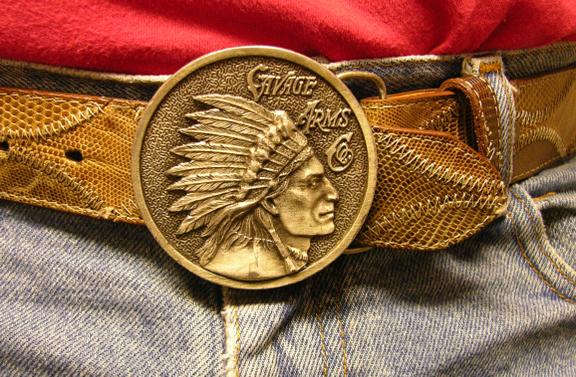Gene Beggs
Active member
Gene, you never did answer as to how this "needs indexing" barrel was aligned for chambering. And, I strongly disagree that only one in twenty barrels are Top-5 competitive. Tony keeps more than that and he is probably the most demanding shooter I know......except a certain shooter named Jack.
Jerry, sorry about the delay in answering your question but I have been mulling it over in my mind and have concluded that we are talking about two different things.
You're talking about how to set the barrel up for chambering in the lathe; I'm talking about taking an existing rifle, one that I may have never seen before, and re-indexing it to see if one clock position shoots better than the others.
You're right; I was probably a bit overly critical about the percentage of competitive barrels that would be found among twenty. I guess I was thinking more in terms of what Tony Boyer calls, "Hummers." They don't come along very often. What I'm trying to do is increase those odds to as close to 100 % as possible.
And you're right again; the quality of barrels being made today is far better than that of twenty years ago.
Later,
Gene Beggs


